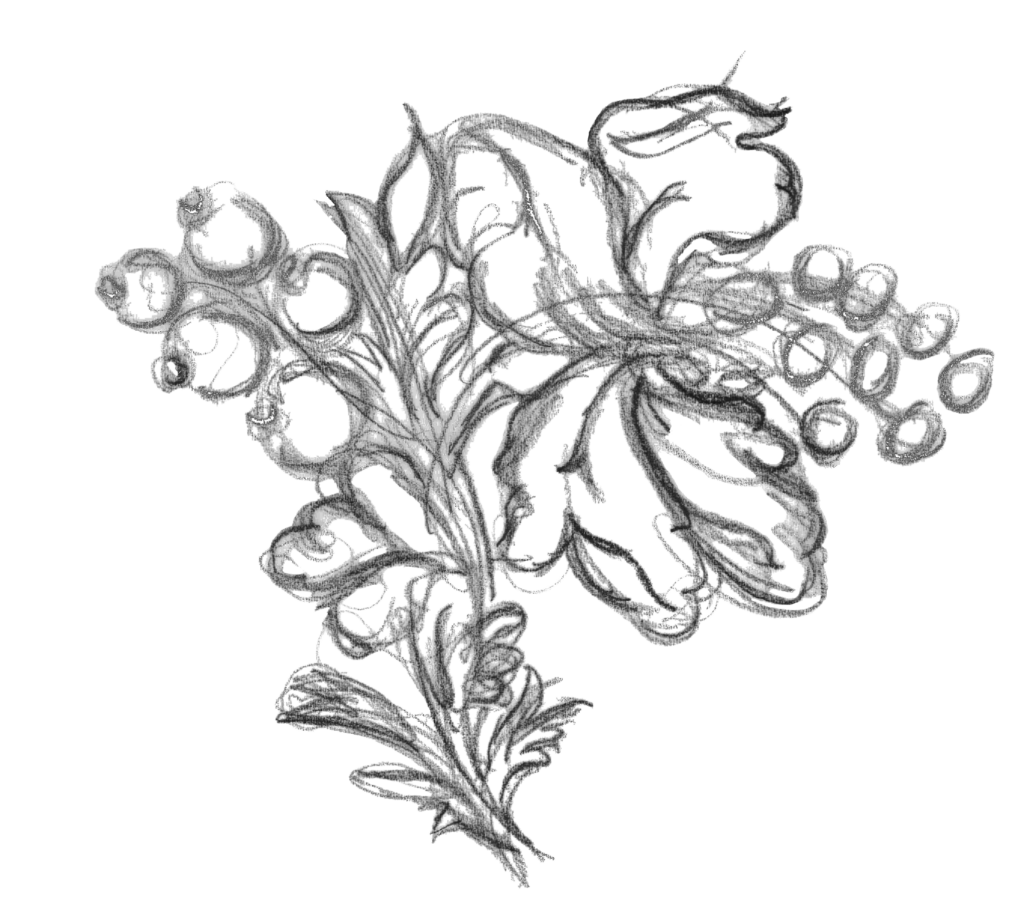The Devonshire collection – Chatsworth
As said by The Duke and Duchess of Devonshire ‘Chatsworth was built to welcome guests and to be seen’, and this is still true today.
Chatsworth House is home to rich textiles, an historic library with over 17,000 books, furniture of national importance, ancient Greek, Egyptian and Roman statues, contemporary art, and a marble sculpture gallery. ‘The Devonshire Collection’ as it is known, is the creation of one family over 16 generations. Picking out all sorts of fascinating objects, from small gem stones to large tapestries, the collection is a portrayal of the various owners and collectors over the decades and centuries.
The collection can be broken down into a number of sub categories including; Paintings, often collected on travels around the world and by notable artists. Portraits; a way of recording the family history, as well as a display of wealth shown through the choice of artist. Sculptures; the 6th Duke built a sculpture gallery out of locally sourced Limestone to contrast the marble sculpture, this is the final room you visit at Chatsworth House. Furniture, Ceramics, Minerals, Precious Metals and books can be found throughout the house along with an extensive textile collection.
The textile collection of the house includes a number of tapestries, some of which can be seen in The State Drawing Room, including The Mortlake Acts of Apostles woven in the mid 1630’s. The Music Room is home to ‘Cuir Repousse’ a French art of gilding and embossing leather, it really is something else. The State Bedchamber was also home to ‘Cuir Repousse’ but it has been covered up by tapestries as the Duchess of Devonshire was of the opinion that one room of embossed leather was enough for the house. Alongside these tapestries is the King George II Bed, originally made for Kensington Palace it was given to the 4th Duke for his work as Lord Chamberlain and taken to Chatsworth. A restoration project was undertaken on the bed and the room in 2006 to restore the textiles and return the bed canopy to its original height after it was discovered it had been lowered by 48cm. Humphries Weaving rewove the silk damask for the festoon curtains of The State Bedchamber and the adjacent State Closet. The pattern found on the bed can also be seen at Buscot Park.
The Library is home to over 17,000 books and has a gallery running around three sides of the room. It is a private room where the family host guests, but it can be viewed by the public from the Ante Library. The enormous carpet is brightly coloured and designed to follow the roundels of the ceiling. The furniture comes from various houses, including the seat furniture which was taken from the Saloon at Devonshire House and restored in 2013 with a reweave of gold and blue damask, woven by Humphries Weaving.
The Guest Bedrooms are dressed as they would have been in the late 19th Century, when they would have been used to host the large house parties at Chatsworth. It was the 6th Duke of Devonshire that set about presenting these rooms to his guests in 1830 as he took socialising very seriously. The rooms are adorned with rich textiles, including Green Moire Taboret Stripe fabric, gilded and carved woodwork and hand painted wallpaper. The great collection of textiles in these rooms are currently undergoing conservation work in order to preserve them.
The Great Dining Room was first used in 1832 for a dinner with visiting Princess Victoria and the Duchess of Kent. The table is full of silverware, much of it commissioned by the 6th Duke. There is a real art in preserving and keeping the silverware collection clean, a daily operation. The portraits, many by Van Dyck, were brought to Chatsworth from other houses and collections and placed in the gilded frames as part of the decoration. The textiles in this room are very rich. The walls are a bright red silk fabric and the window drapes, woven by Humphries Weaving, are a pure silk tissue with a floral Chinoiserie trailing design. The design was re drawn by Humphries Weaving from the original textile document in 2011.
Acquired by various Dukes, Duchesses and residents over 100’s of years Chatsworth is full of treasure. However, the introduction of higher death duties in 1894 had an impact on the Chatsworth Estate, breaking up much of it. The 9th Duke was summoned with a death duty of £500,000 and so in order to pay such a fine the Duke had to sell many collections of books and art alongside Devonshire House, London. This wasn’t uncommon at the time, but with such a huge collection of art still in the family today, you wouldn’t be mistaken in thinking nothing was lost!
The Collection at Chatsworth tells a story of those who have lived and visited the house, a truly unique place full of treasure, it is easy to understand why Chatsworth is one of the nations most loved historic homes.










